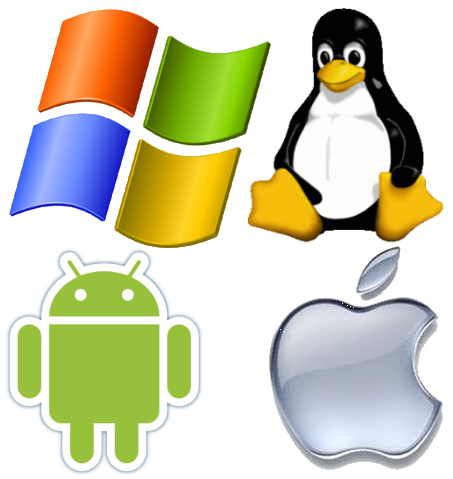How do I permanently set my path in Linux?
The first way of setting your $PATH permanently is to modify the $PATH variable in your Bash profile file, located at /home/<user>/. bash_profile . A good way to edit the file is to use nano , vi , vim or emacs . You can use the command sudo <editor> ~/.
How do I permanently set environment variables in Ubuntu?
1 Answer
- Open a terminal window with Ctrl + Alt + T .
- Open the file for editing with gedit ~/.profile.
- Add the command to the bottom of the file.
- Save and close gedit.
- Log out and log in again.
26 февр. 2017 г.
How do I give a directory path in Ubuntu?
To navigate to your home directory, use “cd” or “cd ~” To navigate up one directory level, use “cd ..” To navigate to the previous directory (or back), use “cd -” To navigate through multiple levels of directory at once, specify the full directory path that you want to go to.
How do I permanently add to my path?
To make the change permanent, enter the command PATH=$PATH:/opt/bin into your home directory’s . bashrc file. When you do this, you’re creating a new PATH variable by appending a directory to the current PATH variable, $PATH .
How do you set a PATH variable in Linux?
To Set PATH on Linux
- Change to your home directory. cd $HOME.
- Open the . bashrc file.
- Add the following line to the file. Replace the JDK directory with the name of your java installation directory. export PATH=/usr/java/<JDK Directory>/bin:$PATH.
- Save the file and exit. Use the source command to force Linux to reload the .
How do I set system variables in Ubuntu?
To permanently add a new environment variable in Ubuntu (tested only in 14.04), use the following steps:
- Open a terminal (by pressing Ctrl Alt T )
- sudo -H gedit /etc/environment.
- Type your password.
- Edit the text file just opened: …
- Save it.
- Once saved, logout and login again.
- Your required changes are made.
How do you set environment variables?
Windows
- In Search, search for and then select: System (Control Panel)
- Click the Advanced system settings link.
- Click Environment Variables. …
- In the Edit System Variable (or New System Variable) window, specify the value of the PATH environment variable. …
- Reopen Command prompt window, and run your java code.
How do I set environment variables in Ubuntu?
Most of the Unixes (Ubuntu/macOS) use the so-called Bash shell. Under bash shell: To list all the environment variables, use the command ” env ” (or ” printenv “). You could also use ” set ” to list all the variables, including all local variables.
What does add to PATH?
Adding a directory to your PATH expands the # of directories that are searched when, from any directory, you enter a command in the shell.
How do I add a file to path?
How can I add a new folder to my system path?
- Start the System Control Panel applet (Start – Settings – Control Panel – System).
- Select the Advanced tab.
- Click the Environment Variables button.
- Under System Variables, select Path, then click Edit.
9 окт. 2005 г.
What is path Ubuntu?
PATH is an enviroment variable. It basically tells your machine where to search for programs, so when you run your picc program you can just do this: picc. instead of /usr/hitech/picc/9.82/bin/picc.
How do I find my path in Linux?
About This Article
- Use echo $PATH to view your path variables.
- Use find / -name “filename” –type f print to find the full path to a file.
- Use export PATH=$PATH:/new/directory to add a new directory to the path.
How do I remove something from a path in Linux?
To remove a PATH from a PATH environment variable, you need to edit ~/. bashrc or ~/. bash_profile or /etc/profile or ~/. profile or /etc/bash.
What does $path mean?
$PATH is an file location related environment variable. When one types a command to run, the system looks for it in the directories specified by PATH in the order specified. … In layman’s terms, a path (or the search path) is the list of directories that will be searched for anything that you type on the command line.
